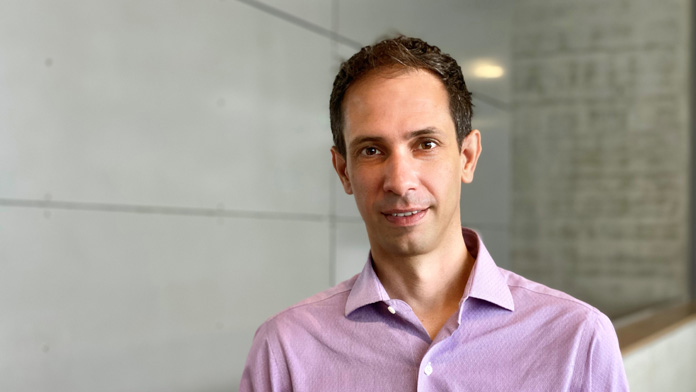Otger Campàs Group
Physics of Embryonic Self-Organization and Morphogenesis

One of the most remarkable properties of living matter is its ability to self-organize into an impressive variety of forms and build functional structures. From the functional morphologies of tissues and organs to the geometry of cells, genetic information must be translated into the physical world to reproducibly shape biological systems. This process involves key molecular events, but also essential physical mechanisms that spatiotemporally guide the formation of these structures. Understanding such fundamental physical mechanisms, the physical nature of living matter, as well as the interplay between physical, molecular and genetic aspects of embryonic self-organization (i.e., mechanochemical feedbacks) remains a major challenge.
Our group has developed novel techniques to directly quantify the spatiotemporal changes of key physical fields during embryonic development. These tools open new avenues to approach the questions described above, as well as mechanobiology, in an in vivo context. Using these unique techniques, we are studying a variety of systems to better understand the physical nature of multicellular systems, the physical mechanisms of cell and tissue/organ morphogenesis, and the mechanochemical feedbacks controlling tissue homeostasis and growth. In particular, we are studying the role of fluid-to-solid transitions (jamming/glass transitions) in embryonic development, how cells spatiotemporally control tissue fluidization, the interplay between signaling events and the physical state of the tissue, the physics of tumor growth, cell morphogenesis, and more.
Methodological and Technical Expertise
- Biophysical measurements in living systems (e.g., microdroplet techniques for mechanics measurements)
- Zebrafish genetics, cell and developmental biology
- Imaging and quantitative image analysis
- Instrumentation and tool development
- Theoretical and computational methods in biophysics